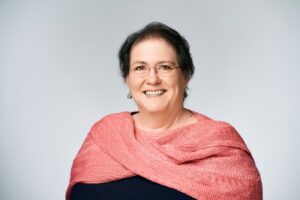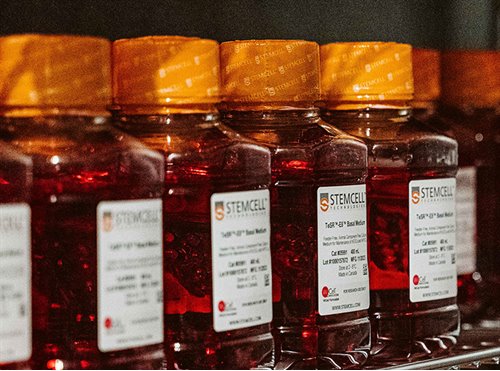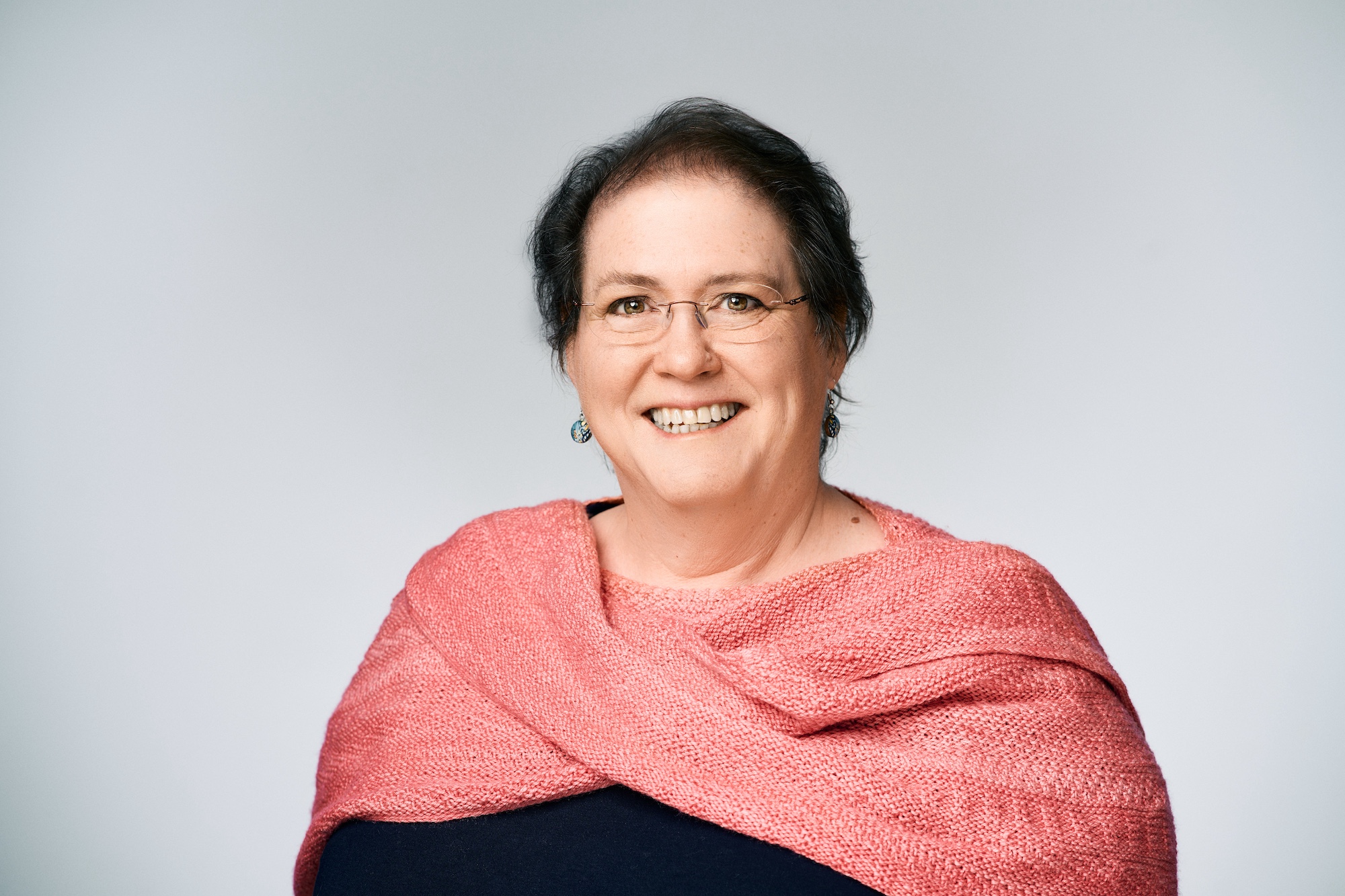In Conversation with Dr. Tenneille Ludwig, Senior Scientist, and the Director of the WiCell Stem Cell Bank

With a reputation for quality and integrity, WiCell is the trusted lab partner to scientists and institutions across the globe. As a non-profit organization positioned at the intersection of government, academia, and industry sectors, WiCell’s mission is to advance stem cell research and clinical applications in regenerative medicine by elevating the collective knowledge base to positively impact human health. WiCell’s commitment to the industry is driven by a group of quality-minded individuals dedicated to establishing best practices and standards in stem cell banking and characterization that will propel the industry as a whole forward and foster better science.
Today, we have the privilege of talking to Dr. Tenneille Ludwig, Senior Scientist, and the Director of the WiCell Stem Cell Bank, about her journey, expertise, and vision for the future of stem cell research. Dr. Ludwig holds a Ph.D. in embryology and developmental biology with a minor in bioethics from The University of Wisconsin–Madison. With a focus on collaboration, Dr. Ludwig’s current work revolves around defining industry standards for banking, characterization, and distribution of research and clinically compliant stem cell materials and promoting ethical integrity in research. She lends her extensive expertise to supporting investigators in facilitating the clinical translation of stem cell technologies and advancing groundbreaking therapies.
Q: Reflecting on your academic and career journey from earning a PhD in embryology and developmental physiology, your post-doctoral work in James Thomson’s lab, to your current role as Senior Scientist and Director of the WiCell Stem Cell Bank, what key moments or breakthroughs have defined your career in stem cell research? And what lessons have you carried forward from that experience?
I was on the University of Wisconsin campus when the first human embryonic stem cell lines including H1 and H9 were derived, and it was clear to me then, as it is now, that stem cells have the capacity to revolutionize medicine and dramatically impact human health. This is what led me to join James Thomson’s laboratory for my post-doctoral work. During my time in the Thomson laboratory, we successfully developed the first fully defined, feeder-free culture system for pluripotent cell culture—mTeSR1— paving the way for clinical translation of stem cell therapies. This breakthrough was a defining moment in my career, and I am immensely proud of this achievement.
This experience opened my eyes to the importance of interdisciplinary collaboration in driving innovation and translating scientific discoveries into tangible solutions. I also learned so much about different aspects of research and development, process development, patenting, technology transfer, and partnering to successfully commercialize a product. And these lessons I learned help me to support investigators in the industry, making sure that they are able to execute their research in the best way that they can.

Q: There is a common thread in your work focused on defining industry standards for stem cell materials to promote rigor and reproducibility in stem cell research. Most recently, you co-led the development of the first international, comprehensive ISSCR Standards for Human Stem Cell Use in Research. What impact do you anticipate adoption of these standards will have on advancing the future of stem cell research?
First off, I commend the ISSCR for taking on this important initiative, and the members of the task force for selflessly giving their time and expertise to the project. I was honored to contribute and co-chair the initiative with Peter Andrews. Peter is fantastic to work with and so well-respected in the field, I’m grateful for the opportunity we had to work closely together. The ISSCR standards sets an important benchmark in the industry, providing researchers and institutions with standardized guidelines to ensure rigor and reproducibility in their work. You’d be surprised at how many stem cell lines are misidentified or contaminated. So, authentication of cell lines is critically important. Using methods like Short Tandem Repeat (STR) analysis ensures that your research findings are built on a solid foundation. It’s like building a house—if you don’t have a good foundation, nothing else matters.
And if we can champion these standards and educate researchers early in their career on their importance, we have the opportunity to revolutionize the field. We’ll get better quality data (that is reproducible), improved statistical analyses, and enhanced scientific integrity that will reduce timelines and move the needle forward in the field.
Q: WiCell is known for its commitment to providing high-quality materials and characterization services. How does this commitment benefit investigators and organizations aiming to bring stem cell products to market and navigate cell therapies through clinical trials?
At WiCell, our primary focus is on empowering researchers to conduct better science by providing high-quality stem cell materials for their programs. Our characterization laboratory can execute genetic testing services, including GMP compliant testing, karyotyping by G-band, fluorescence in situ hybridization (FISH), microarray analysis, short tandem repeat (STR) analysis, and mycoplasma PCR testing. We also assist investigators to ensure that their research stands up to audit standards from a quality assurance perspective. For example, we have developed Drug Master Files (DMFs) as needed to support researchers in meeting regulatory expectations.
Outside of our characterization services, we’re always happy to offer our institutional knowledge to support researchers. This includes reagent beta testing for companies, as well as offering guidance and education on various topics such as appropriate characterization techniques and selecting suitable culture systems.
Q: As someone deeply involved in stem cell research and regulation, what are some of the key challenges or obstacles you foresee in the field, and how do you believe WiCell can address or mitigate these challenges?
I think there’s definitely a push and desire in the industry for increased documentation with respect to stem cell authentication and characterization. So, with that, we have expanded our GMP service offerings such as karyotyping, fluorescence in situ hybridization (FISH), and short tandem repeat (STR) analysis to meet the increasing demand for documentation and regulatory compliance.
The ISSCR Standards really emphasize the importance of authentication for stem cell lines. We have implemented a policy requesting authentication of cell lines before they are deposited with WiCell to ensure we have a clear connection back to the donor material for the chain of consent and appropriate usage of cell lines.
Q: WiCell sits uniquely at the intersection of government, academia, and industry. How do you see your work at WiCell contributing to bridging these sectors and driving collaboration among stakeholders?
We really see ourselves as a resource for all stakeholders involved in stem cell research. We have a wealth of expertise at WiCell and we’re open to engaging with researchers to share our knowledge and help educate to bridge these sectors by creating a collaborative environment that benefits everyone. And by driving consensus and sharing best practices in stem cell research, we’re helping to elevate the standards that will ultimately drive scientific progress forward in the field.
Q: Being named the co-recipient of the 2024 ISSCR Public Service Award is a remarkable recognition of your advocacy for standards in stem cell research. In addition to your work with ISSCR, could you share other consortia initiatives you are currently involved in?
I always think of myself more as a collaborator and advocate than as an individual researcher. I derive great satisfaction from engaging in consortia work and the problem-solving involved in bringing together the different perspectives and voices to ensure that when we make decisions, we arrive at the best possible outcomes for all stakeholders.
Within ISSCR, I serve on the Standards Initiative Phase 2 Steering Committee, where we are dedicated to outlining best practices for human stem cells for clinical use and providing a road map for those investigators considering clinical development. Additionally, I serve as Vice-Chair for the Manufacturing, Clinical Translation and Regulatory Committee. Outside of ISSCR, I’m involved in several international consortia, including the Steering Committees for the International Stem Cell Initiative (ISCI) Genetics Steering Group, the International Stem Cell Banking Initiative (ISCBI), and currently serve as President of COREdinates, an international consortium of Stem Cell Core Directors.
My hope is that these continued collaborative efforts across disciplines and institutions will drive positive change in the field. And that very much aligns with our mission at WiCell. By fostering collaboration, promoting best practices, and putting quality first, we are helping to accelerate the translation of basic research findings into clinical applications that will improve patient care and outcomes.
